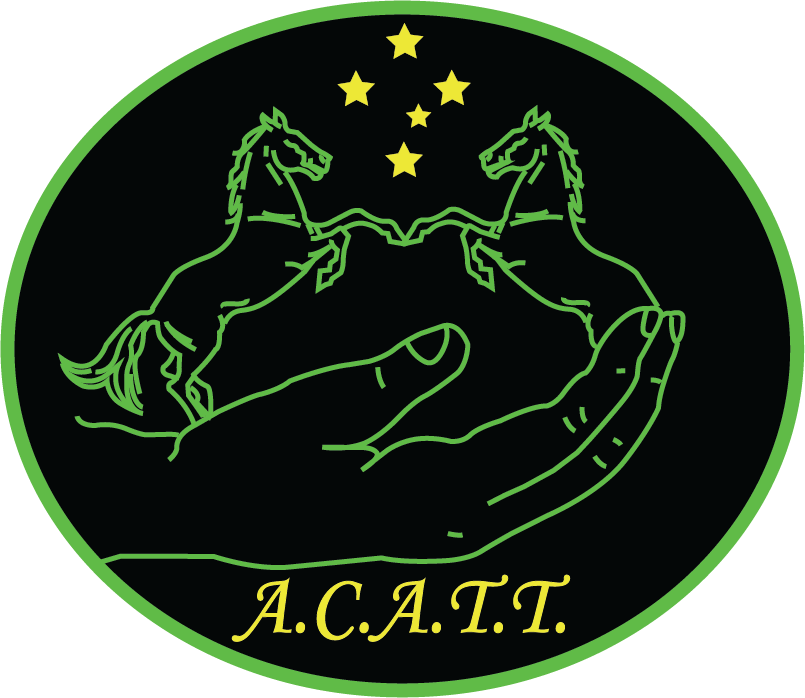

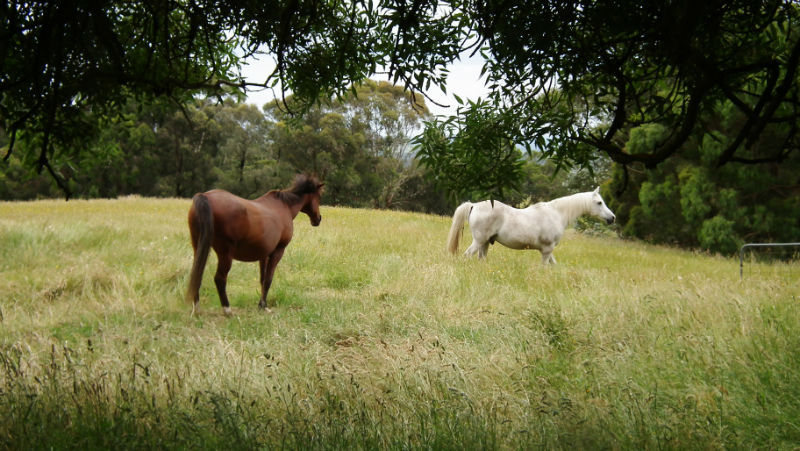
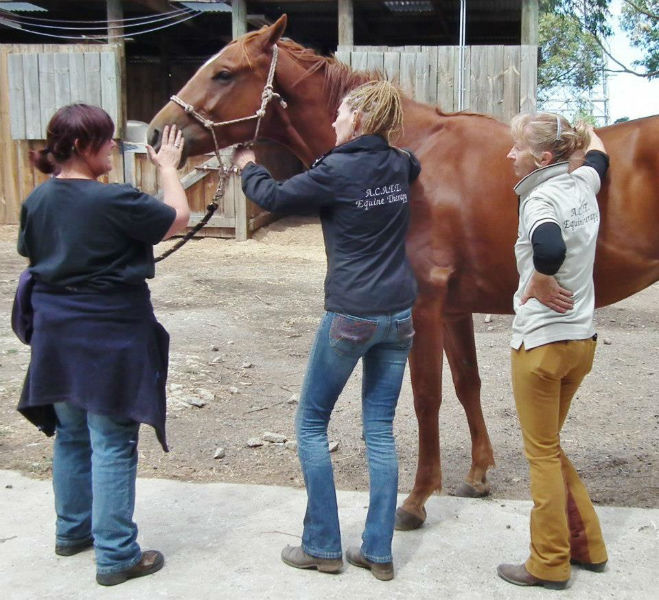
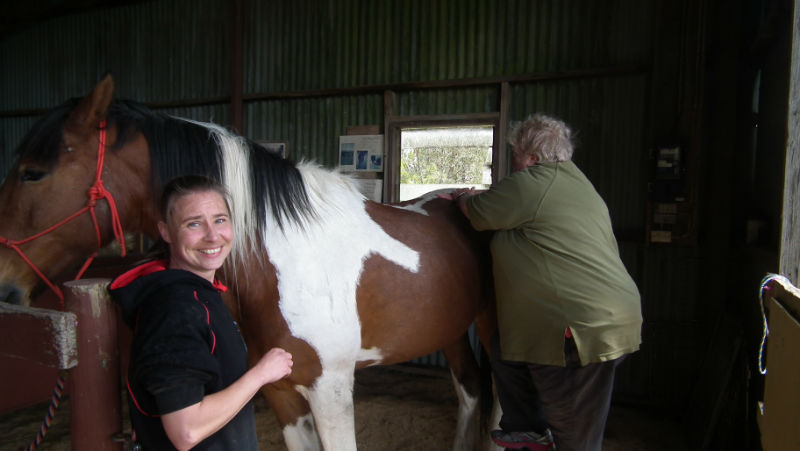
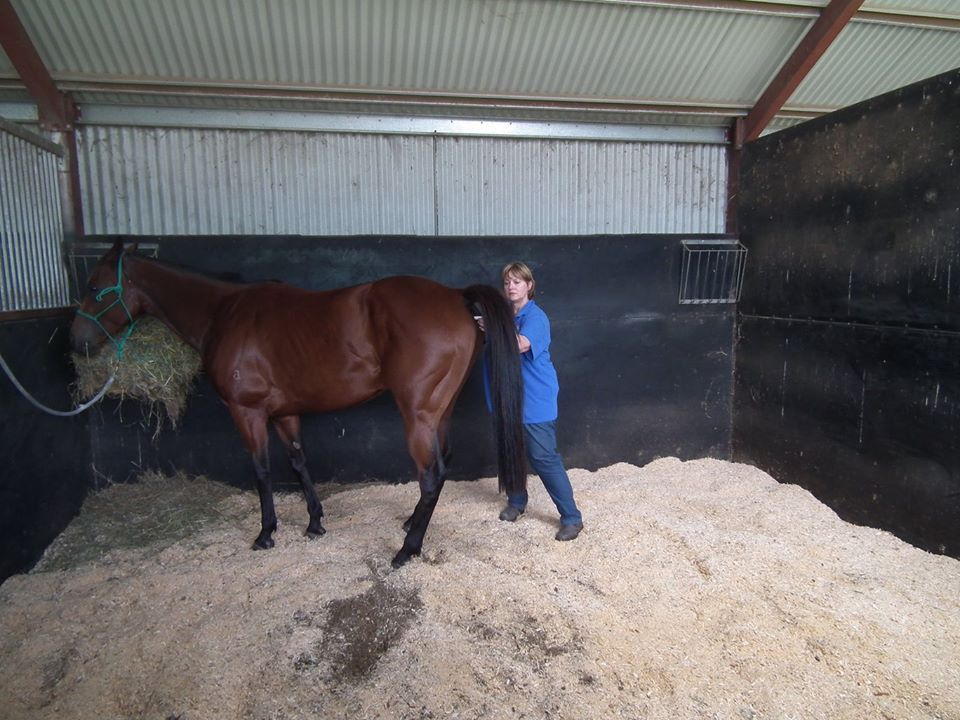
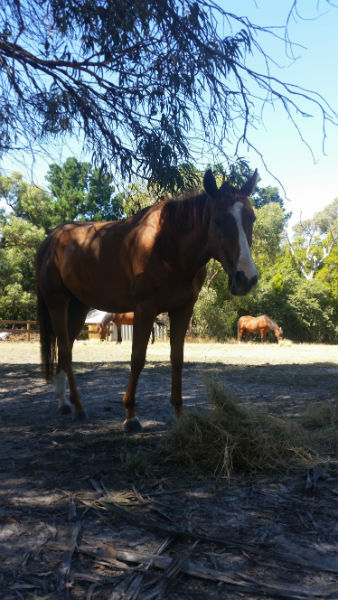
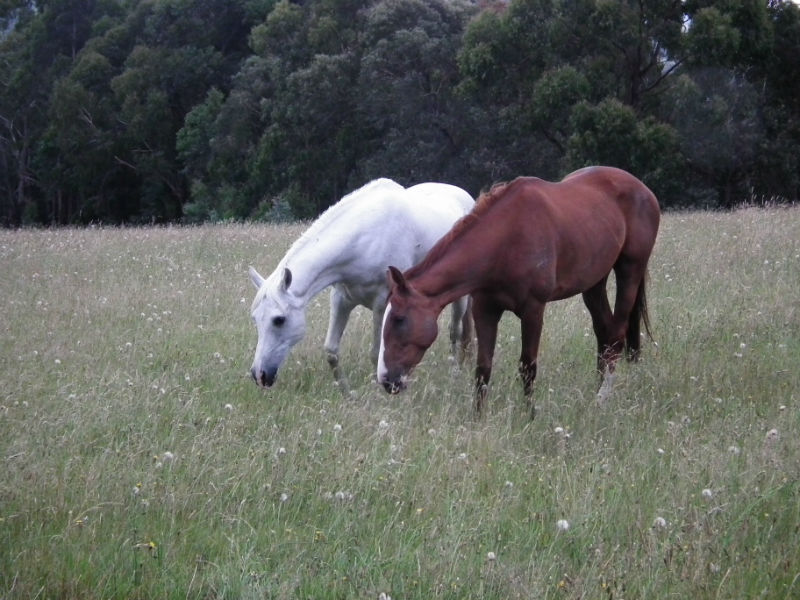
Commonly we hear about horses with gastric ulceration, and often it is thought that horses that are kept in stables and fed twice per day are most at risk. However in recent times we have had many clients present at the clinic with diagnosis of gastric ulceration – these horses are generally pleasure horses that live basically at pasture and are fed simple diets. So why do they develop gastric ulceration, how can we reduce the onset, and if present how to relieve symptoms and assist in recovery.
Click here to continue reading about natural management of Equine Ulceration
Seasonal Allergies are relatively common in horses and ponies, however with early recognition, identification and removal of the allergen most cases can be resolved. There are cases where the allergen cannot be removed, and in this case we need to provide good management aimed at reducing the discomfort of the horse, and the subsequent drop in performance.
Signs of seasonal allergy may include:
* Clear nasal discharge and sneezing,
often seasonal.
* Clear discharge from eyes may occur
* May be accompanied by shaking of the
head.
* Swollen glands around the head
Horses may be allergic to moulds, bedding or feed. Chemical infiltration from nearby roads, or herbicides and pesticides may also cause allergies.
Click here to continue reading about equine seasonal allergy
By Christine Scully.
BAppSci(EquineStudies) (Hons) C.Sturt.
Dip. Equin Acupuncture
Cert Sports Massage
Cert Nat
CertIV Training and Assessment
Cert MFR
Many horse owners are at one time or another met with a wound requiring some degree of
attention. There are many theories on wound care, however after many years involvement with
both human and horse wound management, I believe the basic premise must be to reduce the risk
of infection, encourage the growth of healthy tissue, minimise scaring and promote a return to full
function.
So what does the body do in response to injury?
1. Superficial Wounds:
Here the skin cells enlarge and move across the wound until they come in contact with
another skin cell, they then change direction until another cell is touched, and so on until the
cell is surrounded by cells. At the same time other cells are dividing to replace those that
have moved. This migration and division continues until the wound is resurfaced. The
relocated cells then divide to thicken the new area of skin.
This whole process takes only 24 - 48 hours without the presence of infection and interruption.
2. Deep Wound Healing:
Here the process becomes a little more involved, and in most cases there is some scar
formation.
The body's first response to a deep injury is inflammation.
Click here to continue reading about equine wound care
111 Spillers Road
Macclesfield. Victoria.
Australia 3782
03 5968 9788